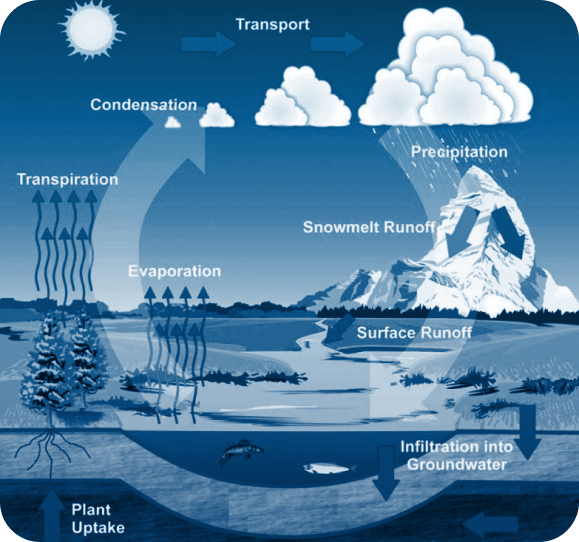Approximately 20% of the world’s freshwater supply emerges from groundwater sources. Rain and snowmelt infiltrate the earth, filling underground chambers known as aquifers. The soil’s porous layers become saturated with water, and the highest point of this saturation is termed the water table. Groundwater surfaces through springs or can be accessed through wells drilled into the ground.
Discovering The Essence Of Water
with Water Quality of Las Vegas
Water, an omnipresent entity, surrounds us in various forms. It graces the serene shores of local beaches, embracing sailboats as they gracefully traverse the lake’s surface. It caresses our skin during the warmth of a springtime shower.
Where Your Water Comes From
At this very moment, you can effortlessly turn on your kitchen faucet to cleanse a bowl of fresh vegetables or fruit. We imbibe it, immerse ourselves in its soothing embrace, and utilize it to craft our culinary masterpieces. Our access to water, seemingly limitless, paints a picture of abundance.
Yet, the reality is that only a minuscule fraction of Earth’s water is fresh and suitable for our needs—merely one percent. This precious resource emanates from sources such as lakes, rivers, and the ground. Your water supply may originate from a public source, managed by water treatment facilities, or a private source, often wells. This water is the fruit of Earth’s intricate water cycle.
The Water Cycle
In the intricate dance of the water cycle, this vital resource transitions ceaselessly between various reservoirs. The sun’s radiant warmth coaxes bodies of water to release their liquid essence through evaporation. As water ascends into the atmosphere, cooled temperatures cause the water vapor to condense into the fluffy clouds that grace our skies. These cloud particles unite, further condensing the vapor, and eventually, gravity guides this water back to Earth in the form of rain, sleet, or snow.
Thus, the cycle perpetuates, with the sun’s warmth once again initiating the process by enlivening bodies of water and provoking evaporation.

Groundwater
Surface Water
Surface water is an amalgamation of precipitation and groundwater that ascends to the surface. This water collects in wetlands, streams, rivers, or the vast expanses of the ocean. However, it’s essential to note that most surface water is not potable without undergoing treatment, as it often originates from the saline embrace of the ocean.
The Journey of Water
To ensure public health and safety, water undergoes treatment before flowing from your faucet. This treatment involves the removal of impurities that render water unsafe for human consumption. This water may originate from a surface water source or be extracted from an aquifer.
Public Municipal Water Treatment System
Public municipal water treatment systems serve cities and towns, overseen by elected officials. Conversely, private water treatment systems often cater to individual households or small communities. Regardless of the system’s scale, water quality standards mandated by the U.S. Environmental Protection Agency (EPA) must be upheld for any water supply serving more than 25 people.
These systems employ chemicals and physical processes to filter and disinfect water, eliminating harmful microorganisms. While they successfully remove various impurities, they may not address specific water issues such as unpleasant taste, foul odors, or mineral deposits.
Private Wells
Wells drilled into aquifers provide access to water, with pumps facilitating water withdrawal. Individuals reliant on privately owned wells bear the responsibility of maintaining water quality, necessitating their deployment of personal water treatment systems.
Delivery Systems
Water reaches your home through two primary delivery systems: pipelines and bottled water, each offering potable water sourced directly from its origin.
Via Pipes to Your Faucet
Tap water embarks on a journey from public municipal water treatment systems or private wells to your faucet. A network of pipes channels this water into your home plumbing. When sourced from a public municipal water treatment system, it usually reaches your household via the distribution system’s primary line.
Bottled Water
Numerous bottled water brands procure their water from either municipal water systems or natural springs. Bottled water often undergoes additional purification processes, adhering to the stringent guidelines outlined by the U.S. Food and Drug Administration (USFDA).


